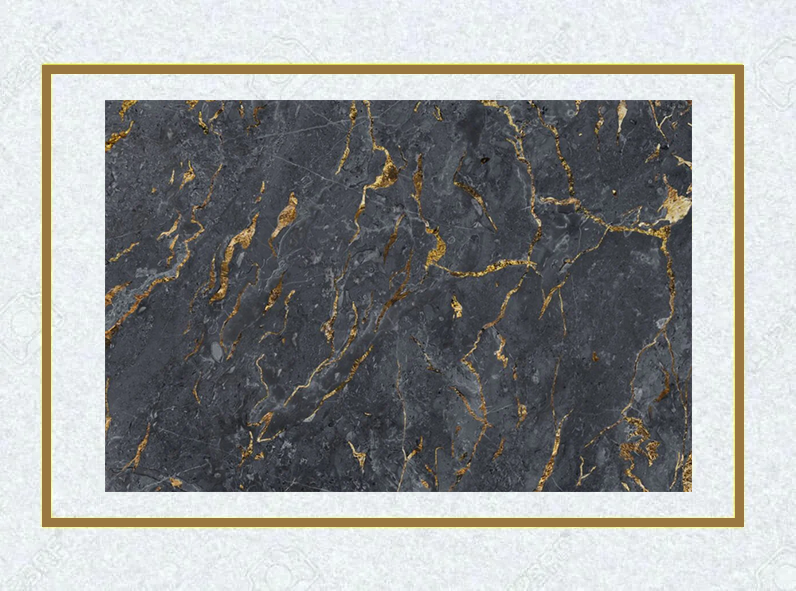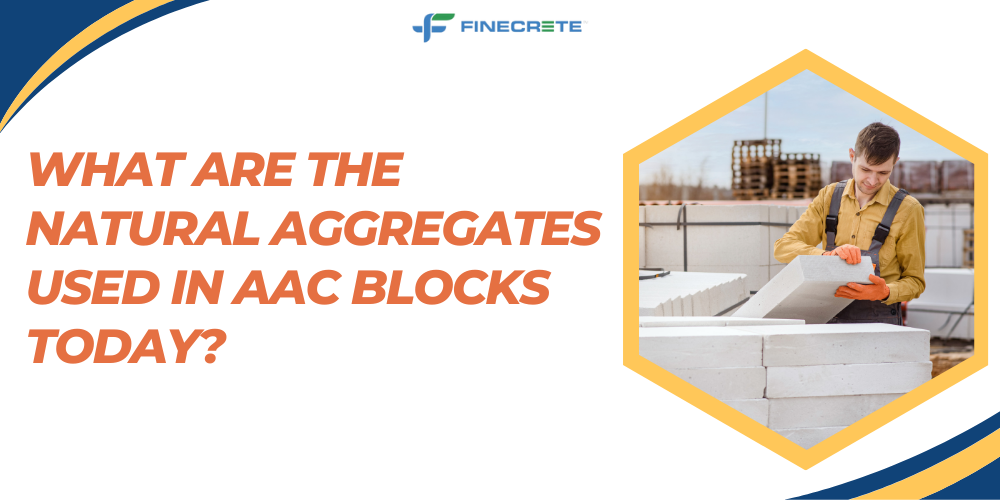Natural aggregates play a crucial role in the production of Autoclaved Aerated Concrete (AAC) blocks, a popular building material known for its lightweight and energy-efficient properties. These contribute to the strength, durability, and thermal insulation of AAC blocks.
AAC Blocks Are Made From Natural Aggregates
Know about the natural aggregates used in AAC block production and understand their significance in enhancing the overall performance of the blocks.
- Quartz Sand:
Quartz sand is a key ingredient in AAC block production. It is a natural aggregate that consists of finely crushed quartz particles.
The presence of quartz sand enhances the strength and stability of AAC blocks, ensuring their long-lasting durability. Moreover, quartz sand contributes to the thermal insulation properties of AAC blocks, making them energy-efficient.
- Calcined Gypsum:
Calcined gypsum, also known as plaster of Paris, is another natural aggregate used in AAC block manufacturing. It is obtained by heating gypsum, a mineral composed of calcium sulfate dihydrate.
Calcined gypsum acts as a binder and provides cohesion to the AAC block mixture. It helps in achieving the desired consistency during block formation. It improves the overall workability of the material.
- Lime:
Lime is an essential component in AAC block production. It is obtained by heating limestone, a sedimentary rock composed mainly of calcium carbonate.
Lime acts as a stabilizer. It contributes to the chemical reaction that occurs during the autoclaving process of AAC blocks. It aids in the formation of calcium silicate hydrate, which gives the blocks their strength and stability. Its presence ensures uniformity in the curing process, resulting in consistent quality across AAC blocks. Lime also helps regulate the pH levels, further enhancing the durability and longevity of the blocks.
- Portland Cement:
Portland cement is a type of hydraulic cement used widely. It is a crucial ingredient in AAC block manufacturing. It is manufactured by combining limestone, clay, and other minerals, which are then finely ground and heated at high temperatures. Portland cement acts as a binding agent in AAC blocks, providing cohesion and strength to the final product.
- Water:
Water is an integral part of the AAC block manufacturing process. It is used to hydrate the cement and activate the chemical reaction that leads to the formation of calcium silicate hydrate.
Excessive water can weaken the structure, while too little water can lead to inadequate bonding. Therefore, precise control over water content is crucial for achieving optimal AAC block quality and performance. The right proportion of water ensures the desired consistency.
- Aluminium Powder:
Aluminium powder is a unique ingredient that sets AAC blocks apart from other construction materials. It reacts with calcium hydroxide and water to release hydrogen gas, which creates small air bubbles throughout the mixture. These air bubbles give AAC blocks their lightweight and cellular structure. It results in enhanced thermal insulation and reduced density.
These natural aggregates play a vital role in ensuring the strength, durability, energy efficiency, quality and performance of the AAC blocks. These aggregates serve to make these blocks an excellent choice for building sustainable and affordable housing projects.






